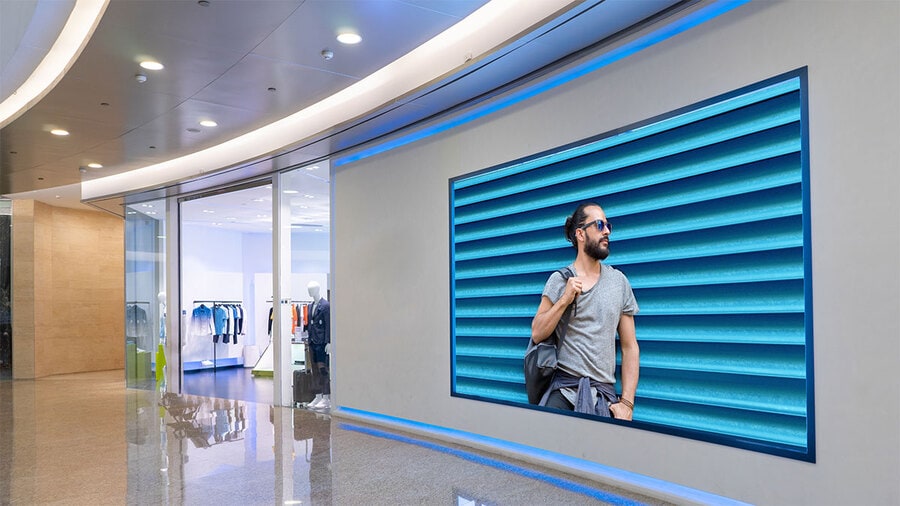Investigating the Key Elements That Influence Color Uniformity in LED Panel Screens for Optimal Visual Output
Investigating the Key Elements That Influence Color Uniformity in LED Panel Screens for Optimal Visual Output
Blog Article
Color uniformity in light-emitting diode wall panels is essential for attaining maximum visual performance. LED wall panels are commonly used in multiple settings, including concerts, meetings, and promotional displays. When the colors on these panels are consistent, they create a more captivating and enveloping encounter for audiences. Several critical factors influence hue uniformity, including the caliber of the light-emitting diode elements, calibration processes, and environmental conditions.
The caliber of the LED components plays a significant role in hue uniformity. Various types of light-emitting diodes emit light at different frequencies, which can influence the total hue result. Premium LEDs are designed to produce a more uniform light spectrum, resulting in better color accuracy. Additionally, the manufacturing process of these LEDs can affect their performance. Screens made with high-grade materials and techniques tend to have less hue differences, guaranteeing that the shown pictures and footage look lively and faithful to reality.
Calibration is another crucial factor in preserving hue consistency in LED wall screens. Tuning involves adjusting the configurations of the screen to ensure that the colors shown align the intended design. This process can consist of adjusting luminosity, contrast, and color equilibrium. Frequent calibration is necessary, especially in settings where illumination conditions vary often. By calibrating the screens, technicians can fix any discrepancies in color result, resulting to a more uniform viewing experience.
Surrounding factors also affect hue uniformity in light-emitting diode wall panels. Factors such as surrounding light, heat, and moisture can affect how colors are perceived. For example, intense surrounding led wall rental for film screenings light can wash out colors, making them appear more lively. Similarly, harsh temperatures can affect the performance of the LEDs, leading to hue shifts. To mitigate these issues, it is crucial to place light-emitting diode wall panels in controlled environments where lighting and heat can be controlled efficiently.
Finally, the design and arrangement of the light-emitting diode wall screens can impact color consistency. The arrangement of the screens, as well as the spacing from which they are observed, can create variations in color perception. When screens are arranged too far apart or at different angles, viewers may detect discrepancies in hue. To obtain the best optical output, it is crucial to take into account the positioning and alignment of the panels during installation. By addressing these elements, operators can guarantee that their light-emitting diode wall screens deliver a consistent and high-quality visual experience.